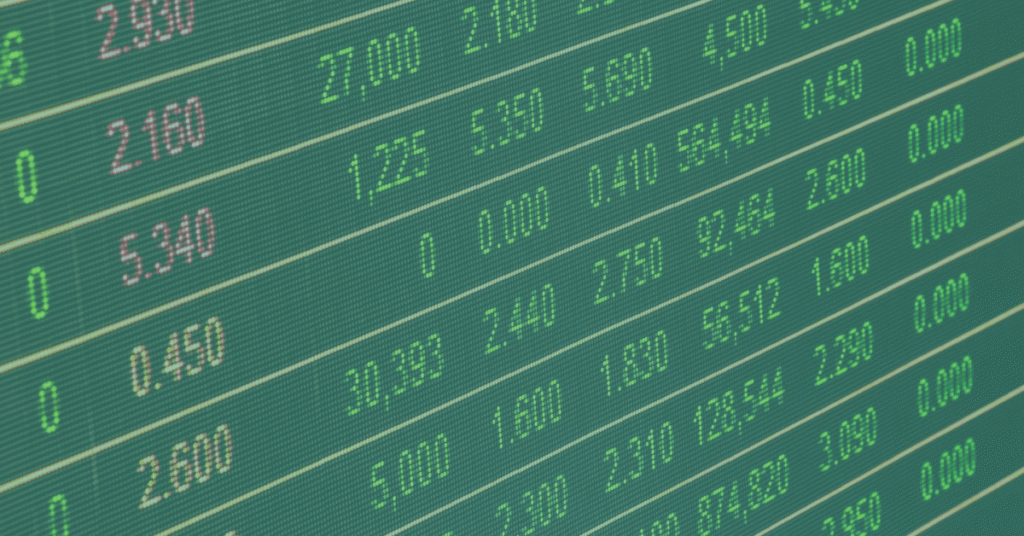The War in Ukraine, China, and Inflation
It is possible that this was a grave miscalculation from the Putin regime, given that they essentially conducted a repeat of the invasion of the Crimea in 2014 only this time on a larger scale in Ukraine, but alas this time, with totally different results. All indications seem that Putin is going out on his sword than to admit defeat, and that the invasion will unfortunately be a protracted affair.
The result is that the world, and particularly Europe, will have to do without the natural resources from Russia it so depends upon. As one of the largest members of OPEC and the de-facto provider of natural gas to Europe, Russia has effectively been banned. The Russian government and its people has been kicked off the SWIFT system and can no longer trade with Western nations.
And this brings us to inflation. When we look at inflation, we have to be careful. It is true that the fiscal stimulus policies during the pandemic have contributed to an overall increase in inflation.1 It is also true that had such policies persisted, we would have seen an even greater contribution. However, as stimulus policies lapsed a while ago, the vast majority of the inflation that we are seeing today is due to the increase in crude oil prices as a direct ramification of the effective ban on Russian oil and natural gas resources. We are now beginning to see that even core inflation – price inflation that excludes crude oil and food – is being affected as well due to increases in the cost of transportation being passed on to the consumer in electronics, our clothing purchases, and so on.
As if this were not enough, inflation is also being abetted by the deeply puzzling zero-Covid policy implemented by the Chinese Communist Party. For those who are not familiar, zero-Covid is a government policy of enforced lockdowns even with an extremely small number of Covid cases in order to stamp out the virus. The only activity permitted are those considered essential. The rest, from semiconductor creation to auto parts manufacturing, is completely shut down until the Chinese government deems it necessary. The net effect is the absurd policy of locking down an entire city due to the emergence a few cases of a bad flu. In addition, we have the continued sabre rattling of the CCP towards Taiwan. With every calamity, however, there is opportunity and one happy consequence of the lockdowns and geopolitical risks has been that some excellent Chinese companies have taken a tremendous hit to their market valuations and are on fire-sale, but we will reserve those bargains for those with a very high risk tolerance profile. At the moment, it seems as if the regime would rather double down in order to save face than to make a frank admission of a failed policy. It also seems that, at least until the Politburo elections sometime later in the fall, we can expect this policy to continue.
To take one example of how this affects companies more broadly, Apple is heavily dependent on China’s cheap labor and production capacity.2 Now imagine this multiplied over several hundreds or thousands of companies and you have some idea of the supply-chain traffic jam that we are in at the moment. And of course, this supply-chain issue contributes to inflation as suppliers are forced to look at alternatives for manufacturing and transportation.
As a net result of these two factors – the Russian invasion of Ukraine and China’s zero-Covid policy – we can expect inflation to be rather sticky in the coming months and to come down rather slowly over time. An end of both or either policy can radically alter inflation and market trajectories.
In the meantime, the Federal Reserve has been playing catch up by instituting two back to back 75 basis point interest rate hikes – the largest since the early 1980s.3 We suspect that there may be more hikes to come, although it is extremely difficult to forecast this with any dependable levels of accuracy.
The Road Ahead
The technical term for a recession is two quarters of GDP decline, so technically, we are already in a recession. GDP contracted by 1.6% in Q1 and 0.9% in Q2.4 What is beginning to happen is that inflation is eating away at corporate profit margins. Here are just some examples:
- In May, Target Corp. (TGT) shares fell 25% in one day on lower quarterly earnings and inflationary pressures5
- In April, Netflix (NFLX) fell 35% in one day after reporting it lost subscribers in Q16
- In May Snapchat fell 50% due to drastic reduction in earnings projections7
- Large-Caps Facebook, Google, and Apple are all cutting back hiring8
Market participants can act delusional at times, focusing on every morsel of good news and, quite frankly, ignoring the plethora of bad news. At the moment, we are having a fantastic bear-market rally – currently the S&P is up approximately 18% from its near-term low, the Nasdaq up 21% from its near-term low. It is important to remember that during the Great Crash of 1929, the Dow rallied 48% from November 1929 to April 1930 and then tumbled another 86% afterwards.9 Or that from September 2001 to March 2002, the Dow rallied 30% towards the end of the Dot-Com Boom. The bottom line, there will be a number of herky-jerky movements until we arrive at bottom, wherever that might be.
As earnings continue to be squeezed, we must expect layoffs to happen in earnest at some point. Historically, the labor market has typically served as a lagging indicator and we see that reflected with the most recent payrolls and unemployment numbers to date. That said, the current labor market situation can speedily deteriorate. We hesitate to bring up the dreaded ‘R’ word because we might be calling it early, but it is increasingly likely that we are headed to a recession, either sometime later this year or the beginning of next year. There is no way to know with absolute certainty how bad it will get. There are economists that have predicted a soft landing and there are economists who are predicting a crash. It could be either of those or anything in between. It is also difficult to forecast how long such a slowdown is expected to last. The only thing that we are certain of is that there is considerable evidence of an economic slowdown currently and the situation is expected to persist into the near-term.
We therefore recommend caution to our clients – to buckle your seat belts and hunker down. That being said, there are definite positives to a recessionary environment, as equity prices do typically go on sale, and thankfully, our clients are well-positioned to take advantage of such market opportunities when the time comes.
If you are not a ConCapper, don’t hesitate to reach out to us to see how we could help in your financial independence journey. Visit our Requirements page to get connected. We invite you to like and follow our company Facebook and Twitter pages to get real-time access to our new articles and company updates.
Sources:
1 – Varadarajan, T. (2022, February 18). Opinion | how government spending fuels inflation. The Wall Street Journal. Retrieved August 10, 2022, from https://www.wsj.com/articles/government-spending-fuels-inflation-covid-relief-pandemic-debt-federal-reserve-stimulus-powell-biden-stagflation-11645202057
2 – Lovejoy, B. (2022, May 2). Apple’s dependence on China: ‘Bloomberg’ echoes concerns; Tim Cook’s strategy comes back to haunt him. 9to5Mac. Retrieved August 10, 2022, from https://9to5mac.com/2022/05/02/apples-dependence-on-china-bloomberg/
3 – Marte, J., & Saraiva, C. (2022, July 27). Fed Hikes 75 Basis Points Second Time, Signals Third Is Possible. Bloomberg.com. Retrieved August 10, 2022, from https://www.bloomberg.com/news/articles/2022-07-27/fed-raises-rates-by-75-basis-points-to-double-down-on-inflation
4 – Torry, H. (2022, August 8). U.S. GDP fell at 0.9% annual rate in second quarter; recession fears loom over economy. The Wall Street Journal. Retrieved August 10, 2022, from https://www.wsj.com/articles/us-q2-gdp-growth-economy-11658981184
5 – Stensholt, J. (2022, May 18). Target stock sinks 25% on earnings miss, high costs. The Wall Street Journal. Retrieved August 10, 2022, from https://www.wsj.com/articles/target-earnings-squeezed-by-inflation-and-fuel-costs-11652869800
6 – Ostroff, C. (2022, April 21). Netflix stock price drops 35%, posting biggest fall since 2004. The Wall Street Journal. Retrieved August 10, 2022, from http://www.wsj.com/articles/netflix-stock-price-plunges-premarket-after-subscriber-loss-11650449002
7 – Smith, C. (2022, May 31). Snap stock had its worst month on record. analysts are worried about ads. Barron’s. Retrieved August 10, 2022, from https://www.barrons.com/articles/snap-stock-worst-month-ads-instagram-51654037496
8 – Grothaus, M. (2022, August 1). ‘Metaverse’ job openings are down 81% as Facebook, Apple, and Google Roll back hiring. Fast Company. Retrieved August 10, 2022, from https://www.fastcompany.com/90774729/metaverse-job-openings-are-down-81-as-facebook-apple-and-google-roll-back-hiring
9 – Nelson, A. (2010, August 5). Beware the bear market rally. CNBC. Retrieved August 10, 2022, from https://www.cnbc.com/id/30682133
Copyright © 2022 ConCap. All rights reserved.
Investment advisory services offered through ConCap® LLC, a registered investment advisor.
The opinions expressed in this commentary are those of the author. Comments concerning the past performance of [e.g. monetary instruments, investment indexes or international markets] are not intended to be forward looking and should not be viewed as an indication of future results.

